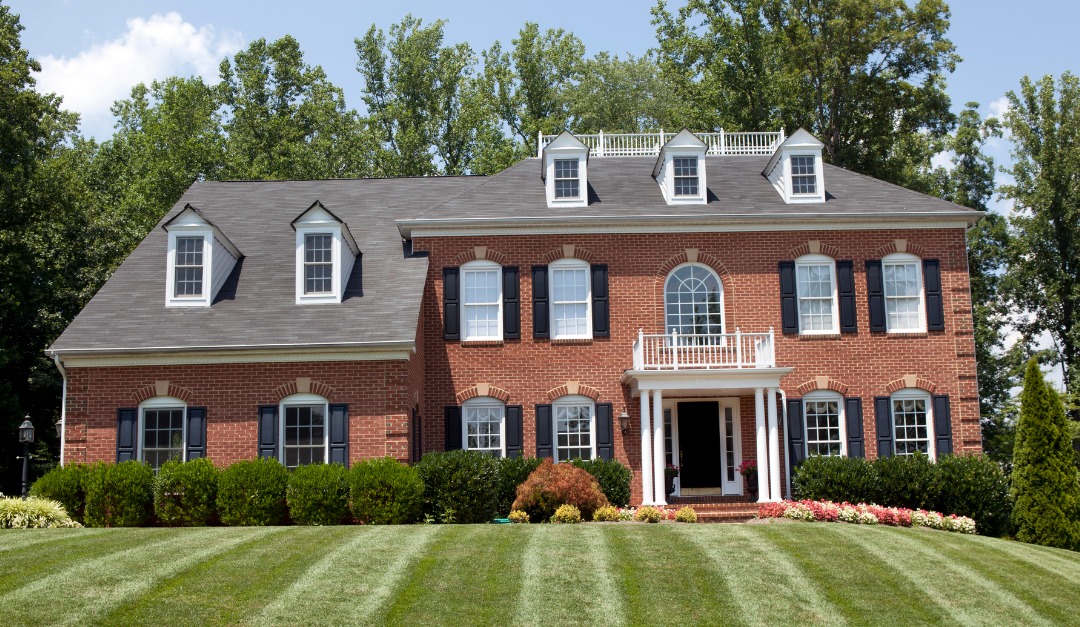
4 Things to Love About Federal-Style Homes
Federal-style architecture is as American as apple pie. Having emerged at the same time that our fledgling nation established its independence, these homes often belonged to wealthy merchants and prominent politicians in cities all across the east coast. Today, many well-preserved examples from this period still exist, so if you’re interested in purchasing a Federal-style home, here are a few things to get excited about.
Steeped in History
While homes continue to be built in this iconic style, Federal architecture usually refers to buildings that were constructed between 1780 and 1830. For this reason, living in an authentic Federal-style home is essentially like living in a piece of American history. Although heavily influenced by Georgian architecture brought over by the British, it uniquely evolved to become the first true architectural movement in this country.
Understated Exteriors
A key differentiation from their Georgian predecessors is that Federal-style homes were designed with understated exteriors. Ornamentation was typically limited to large Palladian windows and an elliptical fanlight window above the main entrance to greet visitors with simple elegance. Often exhibiting square and symmetrical facades, the most commonly used building materials were either brick or clapboard.
Classical Details
Though unassuming in comparison to previous architectural styles, these homes were certainly not without displays of craftsmanship and decoration. They tended to incorporate scaled-down characteristics of classical Roman and Greek architecture, like columns, arches and cornices, as well as hand-carved moldings. For those with an eye for detail and appreciation of subtlety, a Federal-style home will be the perfect fit.
Sense of Scale
Carefully designed scale and proportions are a defining feature of these residences. Although impressive in their own way, Federal-style homes are more intimately sized than previous architectural movements defined by massive displays of grandeur. In many ways, these houses embody the rare combination of simplicity and sophistication.


